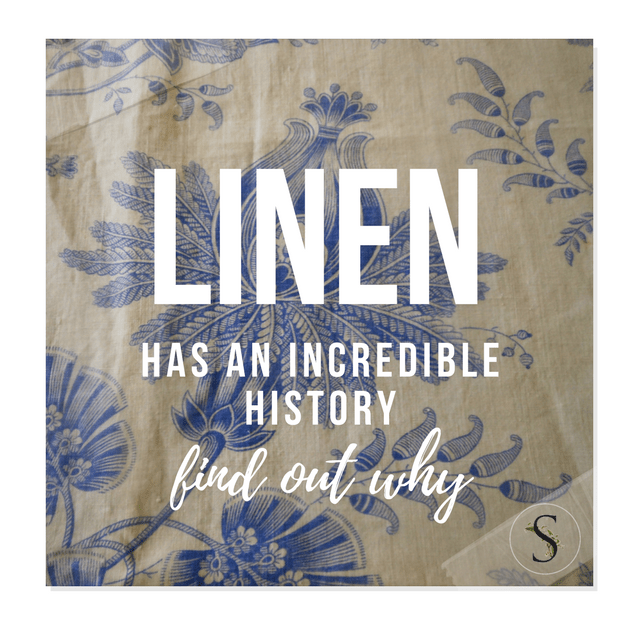The Swedish Country House by Susanna Scherman- Found on homedesign.marthastewart.com Guest Post – Jason Phillips Linen is a type of fabric or textile manufactured from fibers. The making process is laborious, and the result is truly remarkable. Many things are made of linen including towels, aprons, bags, tablecloths, bed linens, runners, curtains, drapes, upholstery covers […]
